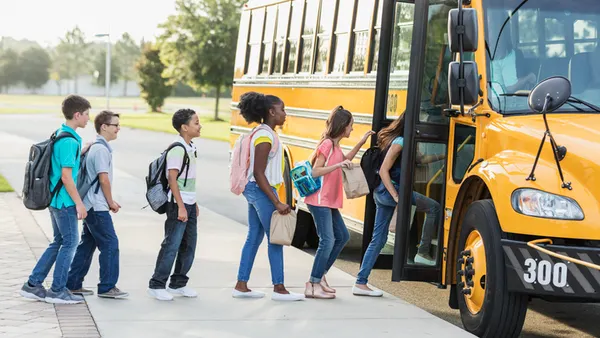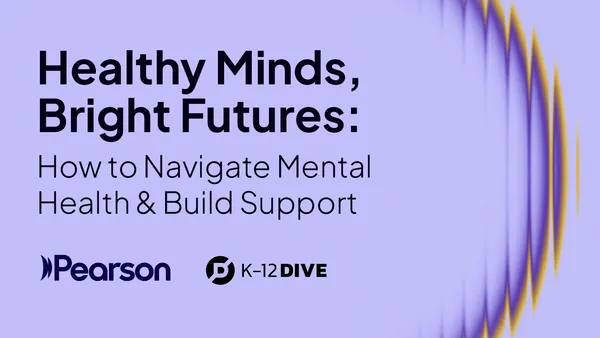Dive Brief:
- Teaching standards in all 50 states include some reference to showing respect for students’ cultural diversity or linking the curriculum to students’ race and ethnicity, but only a few describe what being culturally responsive looks like over the course of a teacher’s career, according to report released Thursday by New America.
- Identifying eight teacher competencies in this area, the analysis of each state’s standards documents shows that 28 states expect educators to “reflect on their own cultural lens and potential biases” and three states — Alabama, Washington and Minnesota — specifically recommend that teachers become familiar with institutional biases.
- The authors recommend that states revise their standards to incorporate more of the competencies, such as promoting real-world problem solving and using “culturally and linguistically responsive communication.” “Helping teachers develop and strengthen their skills as culturally responsive practitioners, puts them in a better position to foster the types of learning encounters that are relevant to and effective for the learners of today,” the authors write. “But teachers are unlikely to get the support they need if culturally responsive teaching is treated as an ‘add-on’ approach by policymakers and education leaders."
Dive Insight:
The diversity of the nation’s public school students continues to grow at a far faster rate than that of the teacher workforce. As a result, efforts are increasing to ensure that beginning and current teachers have ways to make the curriculum relevant to all of the students in their classrooms and to be aware of how their assumptions about students' backgrounds, interests or strengths might limit future opportunities for those students.
The report highlights Washington for being the only state that asks teachers to understand “unearned privilege.” The state is also specific about expecting teachers to recognize how prejudice, discrimination and racism are different and engaging students in discussions around these issues.
In addition, the authors call for ongoing professional development related to culturally responsive practices — learning that might also need to be adapted not only for different stages of a teacher’s career but also put in the context of a teacher’s subject area. While English language arts and social studies teachers might see clear ways of introducing more diversity into the curriculum, those in STEM-related courses might need more guidance in this area.











